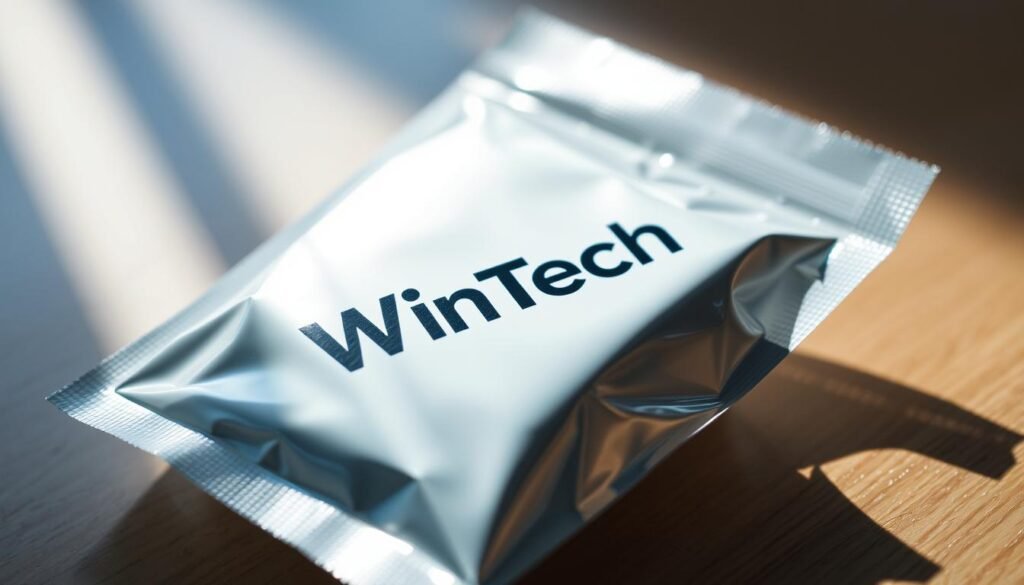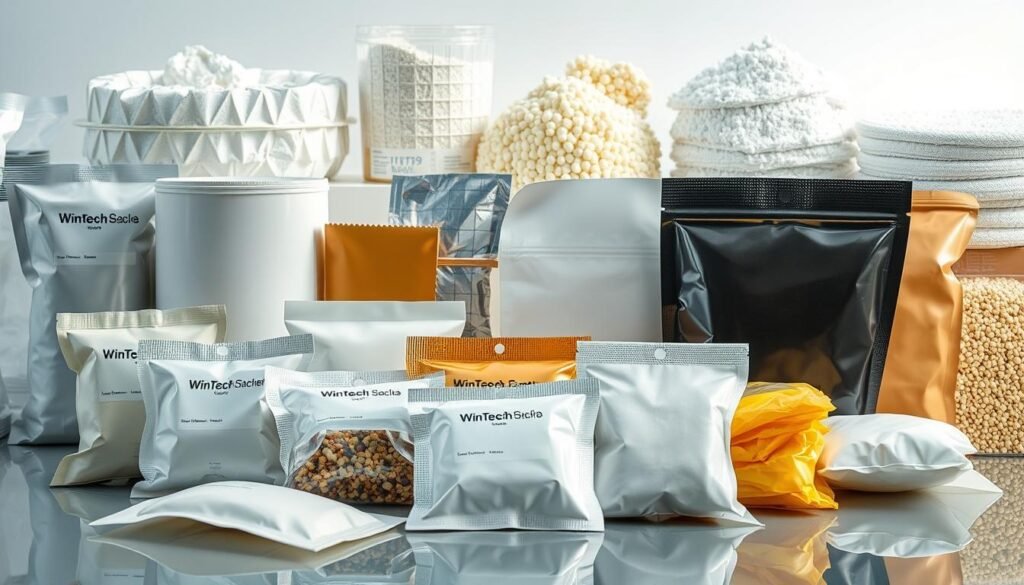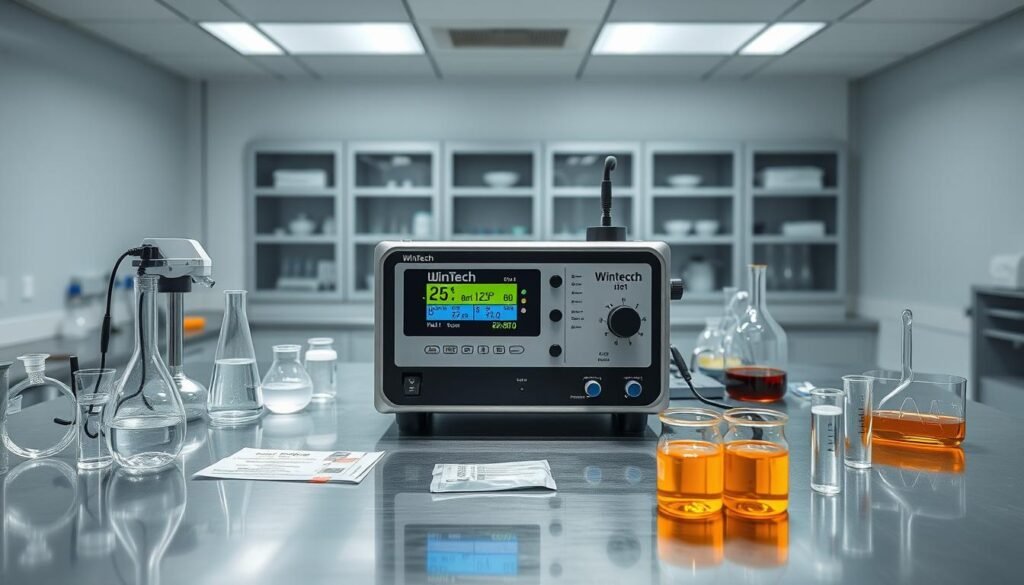Have you ever wondered how manufacturers protect sensitive products from moisture damage? What are sachets, and why are they crucial in preserving product quality? Sachets are specialized packaging solutions designed to control moisture and protect goods from environmental degradation.
Understanding what are sachets becomes essential when considering moisture-sensitive products. Sachets play a critical role in packaging, preventing humidity-related damage across various industries. What are sachets specifically engineered to do? They absorb excess moisture, maintaining optimal conditions for products ranging from pharmaceuticals to electronics.
What are sachets and why Sachets packaging represents a sophisticated approach to moisture control. Manufacturers rely on these small but powerful moisture-absorbing packets to ensure product integrity, shelf life, and overall quality. The science behind sachets involves carefully selected materials that effectively manage water vapor transmission rates.
Key Takeaways
- Sachets are critical for protecting moisture-sensitive products
- They absorb excess humidity in packaging environments
- Multiple industries utilize sachets for product preservation
- Water vapor transmission rates are crucial in sachet design
- Effective moisture control extends product shelf life
Understanding What are Sachets and Their Importance
Sachets are small, sealed packets designed to protect goods from moisture and environmental damage. These single-use packets play a crucial role in preserving the quality and extending the shelf life of various products across multiple industries.

What are sachets exactly? They are specialized packaging solutions that contain moisture-absorbing materials to prevent degradation of sensitive products. The primary function of sachets is to maintain product integrity by controlling humidity and preventing moisture-related damage.
Types of Moisture-Absorbing Sachets
- Silica Gel Sachets: Most common type for electronics and pharmaceutical packaging
- Activated Charcoal Sachets: Excellent for odor and moisture control
- Molecular Sieve Sachets: High-performance moisture absorption for critical applications
The Role of Sachets in Protecting Goods
The benefits of sachets extend beyond simple moisture control. They protect products from potential damage, ensuring:
- Extended product shelf life
- Preservation of product quality
- Prevention of mold and bacterial growth
Common Applications for Sachets
| Industry | Sachet Application |
|---|---|
| Food Packaging | Moisture and oxygen absorption |
| Electronics | Humidity control during storage |
| Pharmaceuticals | Maintaining medication stability |
“Sachets are the unsung heroes of product preservation, silently protecting goods from environmental threats.” – Packaging Innovation Magazine
Understanding what are sachets and their critical role in packaging can help businesses make informed decisions about product protection strategies.
What are Sachets Made Of?
When exploring what are sachets, understanding their composition becomes crucial for selecting the right moisture protection solution. Sachets are specialized packaging designed to absorb moisture and protect sensitive products from environmental damage.

Different types of sachets offer unique properties tailored to specific protection needs. The materials used in sachet production play a critical role in their effectiveness and application.
Core Materials in Sachet Production
Manufacturers create sachets using various desiccant materials, each with distinct characteristics:
- Silica Gel: Most common desiccant, excellent for electronics and pharmaceutical packaging
- Molecular Sieves: High-performance moisture absorption for critical environments
- Activated Charcoal: Ideal for odor and chemical vapor control
- Clay-based Desiccants: Cost-effective option for general moisture protection
Differences Between Types of Sachets
The absorption capacity varies significantly among different sachet types. Silica gel sachets can absorb up to 40% of their weight in moisture, while molecular sieves offer more precise moisture control for sensitive applications.
Environmental Considerations
The packaging industry is increasingly focusing on biodegradable sachets to reduce environmental impact. Modern biodegradable sachets use plant-based materials that decompose naturally, providing an eco-friendly alternative to traditional moisture-control solutions.
Choosing the right sachet material depends on your specific product protection requirements and environmental considerations.
How to Measure What are Sachets Effectiveness
Understanding the performance of sachets is crucial for protecting moisture-sensitive products in various industries. Sachets play a critical role in maintaining product quality, especially in food and cosmetics packaging. This section explores the key methods for evaluating sachet effectiveness and ensuring optimal moisture protection.

Understanding Water Vapor Transmission Rates
Water Vapor Transmission Rate (WVTR) serves as the primary metric for assessing sachet performance. This measurement determines how effectively sachets for cosmetics and food packaging prevent moisture penetration. Manufacturers use specialized testing equipment to calculate the precise rate of water vapor movement through packaging materials.
- Measure moisture absorption capacity
- Evaluate packaging material integrity
- Determine long-term product protection
Factors Affecting Sachets Performance
Multiple variables impact what are sachets effectiveness in real-world conditions. Environmental factors such as temperature, humidity, and storage conditions significantly influence sachet performance. Packaging material composition and desiccant type also play crucial roles in moisture control.
Best Practices for Using Sachets
To maximize sachet effectiveness, follow these professional recommendations:
- Select sachets specific to your product type
- Conduct regular performance testing
- Store sachets in controlled environments
- Monitor packaging integrity
Proper selection and implementation of sachets can dramatically extend product shelf life and maintain quality across food, pharmaceutical, and cosmetic industries.
Choosing the Right What are Sachets for Your Needs
Selecting the appropriate sachets for your packaging requirements can be crucial in protecting moisture-sensitive products. What are sachets play a vital role in maintaining product quality and extending shelf life across various industries. Understanding the key factors in sachet selection will help you make informed decisions that protect your goods effectively.
When evaluating what are sachets for your specific needs, consider multiple critical factors. Absorption capacity stands out as a primary consideration, with different types of sachets offering unique moisture control capabilities. Silica gel, molecular sieves, and activated charcoal represent distinct options that perform differently depending on your product’s environmental exposure and sensitivity.
Criteria for Selecting Sachets
Your sachet selection should focus on three primary aspects: material compatibility, absorption rate, and package size. Sachets vs packets may seem similar, but they differ significantly in moisture control performance. Industrial applications often require precision-engineered sachets that can withstand extreme conditions while maintaining optimal moisture protection.
Comparing Different Sachet Options
Professional packaging experts recommend matching sachet characteristics to your specific product requirements. Consider factors such as humidity range, temperature fluctuations, and potential storage conditions. Pharmaceutical, electronics, and food industries each demand unique moisture control strategies that require careful sachet selection to ensure product integrity and longevity.
Frequently Asked Questions about What Are Sachets
Understanding the nuanced world of moisture control sachets can help you make better packaging decisions. Each sachet type offers distinct advantages, from silica gel’s wide-ranging absorption to molecular sieves’ precise moisture management. Your choice will ultimately depend on the specific environmental challenges your product may encounter during storage and transportation.